Ethiopian coffee producing region Flavor Description Ethiopian Yegashfi coffee characteristics Taste introduction
Essex Coffee Story
Ethiopian coffee with unrestrained floral and fruity flavors, unique and outstanding, coupled with the local coffee legend, make the coffee here more mysterious.
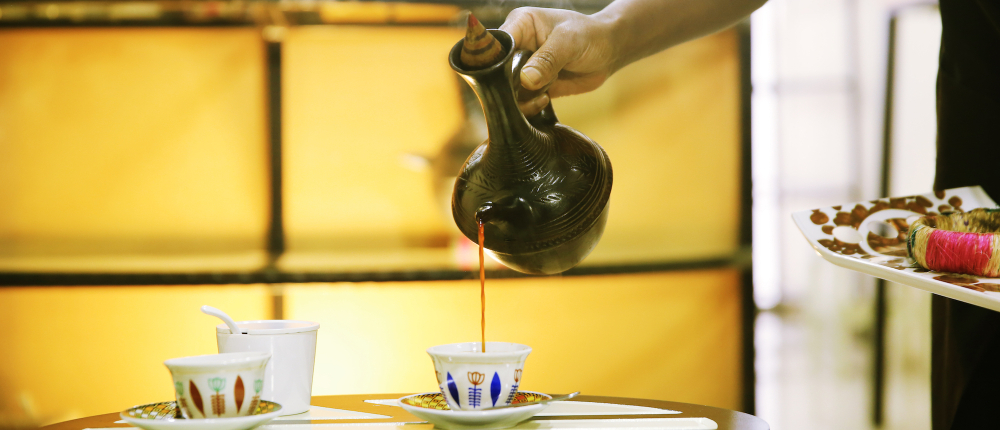
Ethiopia, Ethiopia, is located on the East African Plateau in northeastern Africa, and coffee-growing areas are mainly concentrated in the central and western regions. The coffee culture here is very strong, for the local people, coffee is a kind of belief, drinking coffee will have a special "coffee ceremony".
There is a legend in Ethiopia about the origin of coffee, about a shepherd named Caldi, who was so excited after seeing the goat eating a kind of red berry that he felt refreshed after tasting it, and later picked the berry to the villagers. so the coffee fruit began to spread.
Ethiopian coffee cultivation
In Ethiopia, there are three main modes of coffee cultivation: forest coffee, pastoral coffee and large farm coffee.
Forest coffee generally refers to coffee trees that grow on their own in the wild, that is, wild coffee. Generally located in the Cafa forest in southwestern Ethiopia, the species are also mixed, and the dense jungle in the forest can provide shade for coffee trees. When the coffee fruit is ripe, nearby farmers will go to harvest and take it to the market for sale. The quality of this kind of coffee is uneven, so the price will be very low. There is also a kind of semi-forest coffee, in order to increase coffee production, will artificially trim thick branches and leaves for coffee trees, help coffee trees get proper light and shade, and weed once a year.

More than half of Ethiopia's coffee is grown in the pastoral mode, and since coffee does not bring income all year round, farmers will plant coffee trees in their backyard along with other crops that can be harvested, which is also easy to take care of.
Finally, there is large farm coffee, which accounts for a small proportion, which is generally invested and produced by big companies and big brands. Mainly in order to improve production efficiency, large-scale specialized planting management, specialized workers carry out seedling raising, pruning, fertilization, spraying, harvesting and other work.
Ethiopian coffee producing area
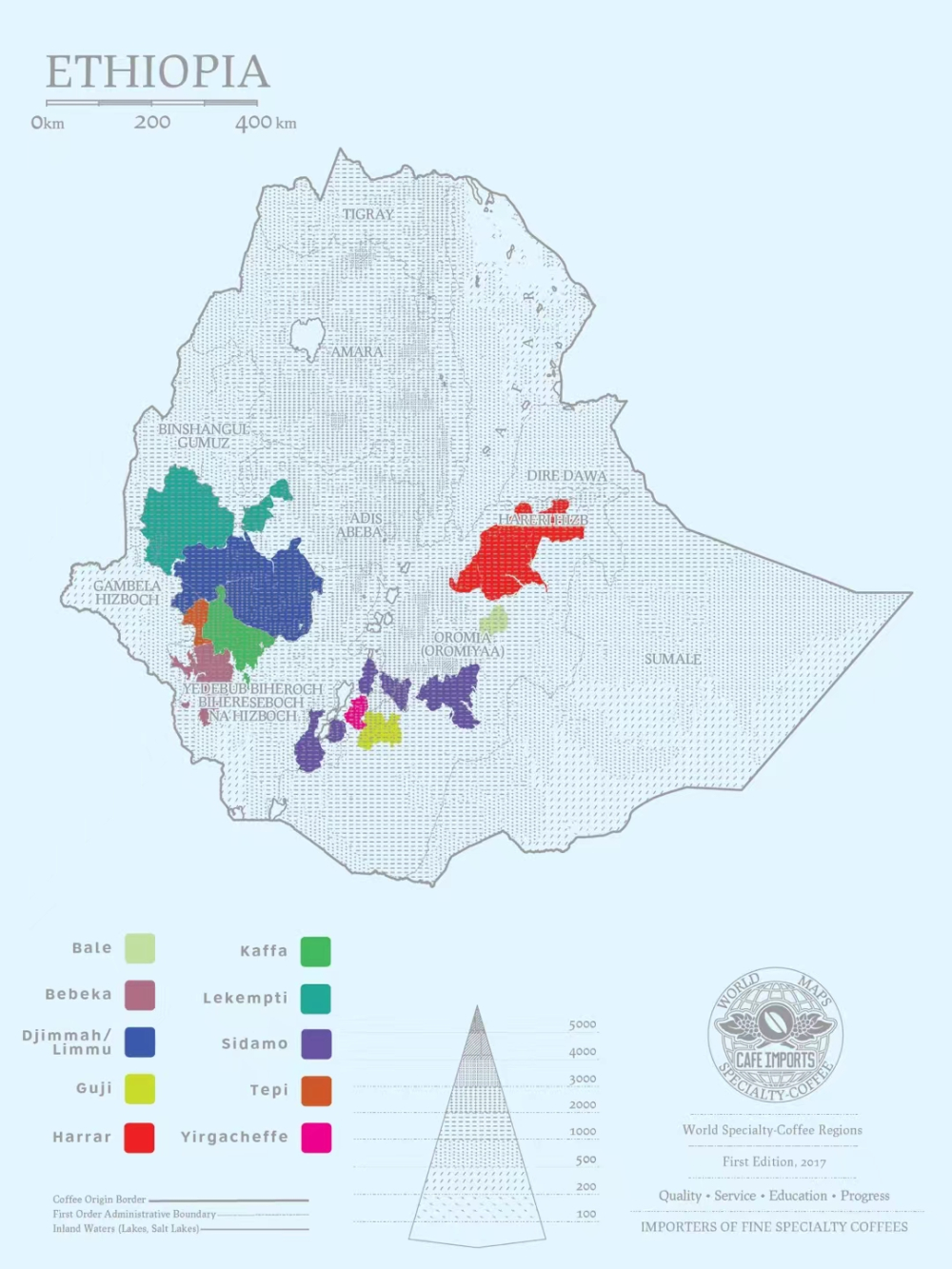
Ethiopia has nine major coffee producing areas, namely, Sidamo, Yega Sheffield, Hara, Gemma, Lim, Irubab, Gimbi (Lekanti), Tibby, and Bekaa, among which Yegashefi, Sidamo, Lim and Hara are the boutique producing areas.
The local coffee cultivation model in Ethiopia is mainly pastoral coffee. Due to the small coffee production planted by small farmers, there will be large and small coffee cooperatives and processing plants, which are mainly responsible for the processing of raw coffee beans in the region. Farmers send their harvested coffee beans to a nearby treatment plant built on water for unified treatment, which will then be sold in the name of the treatment plant.
Yega Xuefei Yirgacheffe
The Yega Sheffield producing area, also known as the Yega Sheffield Farmers' Cooperative Alliance (YCFCU), consists of 28 small cooperatives, such as the Godding Cooperative and the Waka Cooperative, which we often hear about. Yega Xuefei was originally under the management of Sidamo, but it was independent because of its unique flavor. High altitude creates a significant temperature difference between day and night, coffee fruits slowly grow and mature, absorb more nutrients, and the aroma is more intense. The so-called Yega Chuefei flavor is bright citrus, lemon acid, rich jasmine fragrance, honey-like sweetness, endless aftertaste.
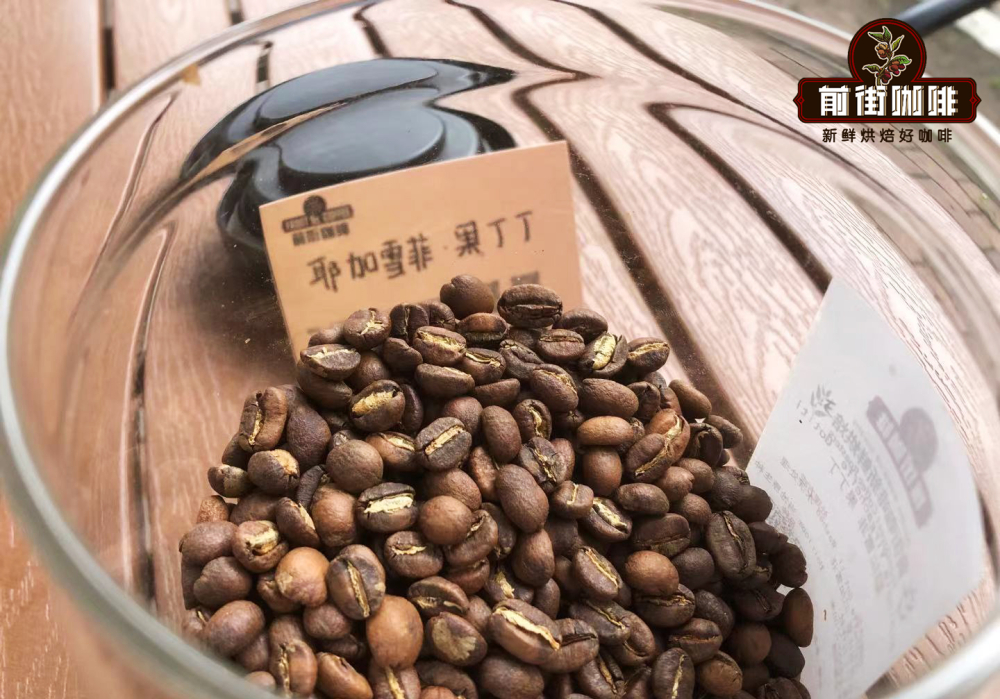
Qianjie Coffee: Guoding Cooperative Coffee beans
Producing area: Yega Xuefei producing area
Altitude: 1900-2000m
Treatment: washing
Variety: Heirloom native species
Flavor: Jasmine, citrus and berry tea
Qianjie believes that Yega Xuefei is the most representative of the basic flavor of African coffee, so it chooses washed Yega as one of the seven rations beans. The rations in Qianjie are the "facade representatives" of various producing areas, and friends who have just started coffee can drink the basic flavor of the producing area with high performance-to-price ratio, so as to know more flavor types.
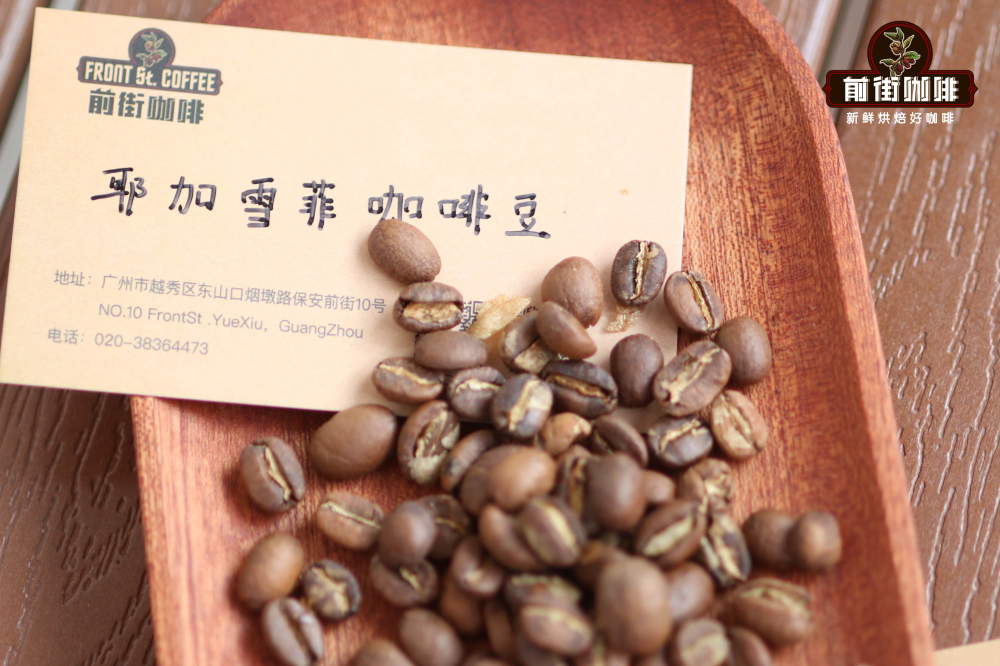
Sidamo in Sidamo production area
The Sidamo producing area, located in the south of Ethiopia, has a rich and diverse local environment, forming a very diversified flavor type. Coffee trees planted in Sidamo are distributed on both sides of the East African Rift Valley, with fertile soil on the highlands, with annual rainfall of up to 2000 mm, making it ideal for coffee cultivation. Guji is the highest quality small producing area in the Sidamo region, with an elevation of 1850-2000 meters. The coffee produced here is sweet and has a delicate floral fragrance. The Humberra Sakuran coffee beans on the front street are produced here, and the aroma of fermented fruits such as passion fruit is outstanding.
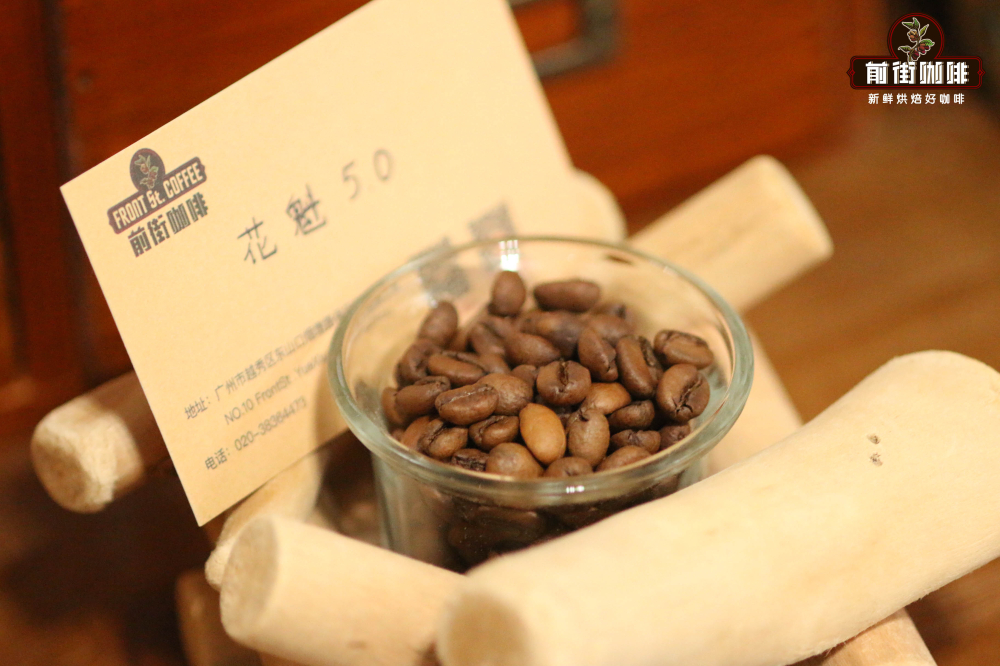
Qianjie Coffee Ethiopia Sakuran 5.0
Producing area: Guji producing area of Xidamo
Altitude: 2250-2350m
Variety: native species
Treatment method: sun treatment
Flavor: passion fruit, berry, strawberry
Hara production area Harrar
Hara is an ancient trade center located in the east of Ethiopia and one of the four holy cities of Islam. Coffee in Hara is not grown in urban areas, but on the Haraj Highlands (Hararghe Highlands) in Hara, where there is only 1000 millimeters of annual rainfall and plenty of sunshine, so coffee production is almost entirely sun-treated. The boutique-grade Hara coffee is similar to the famous Yemeni mocha coffee in flavor, with strong chocolate aromas when roasted, strong red wine taste and dark berry acidity. However, due to various local factors and chaotic grading system in Hara in recent years, the quality of coffee produced is unstable, so there are fewer and fewer boutique Hala coffee on the market.
Limu in Lim producing area
The Lime producing area is located in the middle of Ethiopia, where it is planted at an altitude of 1200-2000 meters. Lim coffee production is less, mainly supplied in the European and American coffee market. Raw coffee beans will be washed, insolated and semi-washed. Qianjie believes that the coffee in Lim is low in consistency, and its floral and citrus flavors are not as good as those in Yegashifi and Sidamo, with bright acidity but more grass and black sugar flavor.
Coffee variety
Among the Ethiopian coffee beans on the shelves on the front street, the coffee varieties are written as native or Heirloom native species. Because of the wide variety of coffee in the forests of Ethiopia, the variety of genes is numerous, and it is difficult to identify, and the local government wants to protect these species from disclosure, so these coffee categories are collectively referred to as native species. So we will see that Essel's beans are uneven in shape and size.
Treatment method
Essel's coffee beans are generally treated in the two most classic ways, sun exposure and water washing.
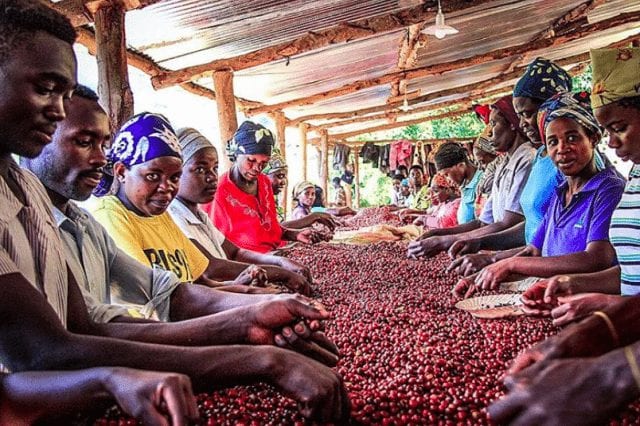
Traditionally, farmers will harvest coffee berries directly on the terrace, or flat on the ground, direct sun drying, direct coffee fruit water content of only about 12% can be sent to shell packaging. The coffee beans treated in this way are prone to earthy, overfermented and rotten fruit flavors. In order to improve the defective flavor caused by this exposure, Ethiopia introduced water washing technology from Central and South America.

Washing is to pour the coffee cherries into the sink, remove the floating immature beans, remove the peel of the coffee and put it into a clean tank for fermentation, use the acid produced during the fermentation of raw beans to make the pectin layer fall off, wash the surface of the shell beans with clean running water, and finally dry them in the sun. In the process of washing, there will be several steps to remove defective beans and show cleaner acidity in flavor. The Fruit Ding Ding Cooperative in Qianjie uses traditional washing treatment, which has the fresh and sour quality of lemon and citrus.
Of course, Ethiopia also has high-quality sun treatment batches, in which the processing plant will first pour the fully ripe coffee cherries into the sink to remove defective beans, and then lay them flat on an African-style drying bed to dry, which needs to be turned manually at regular times. in case the coffee is overheated and overfermented will produce a rotten taste. Sun-tanned coffee has the aroma of fermented fruit, obvious sense of fruit juice, such as Qianjie red cherry coffee beans is a typical sun-treated flavor, rich sweet and sour tropical fruit.
Cooking reference
Ethiopian coffee has rich and varied flavors and outstanding aromas of flowers and fruits. Qianjie recommends choosing freshly roasted coffee beans so that you can drink the full flavor of the coffee. Coffee beans will enter a best taste period 4-7 days after roasting, after which the aroma loss will be accelerated. The coffee beans sold on the front street are freshly roasted within 5 days, so you can start cooking as soon as you buy them.
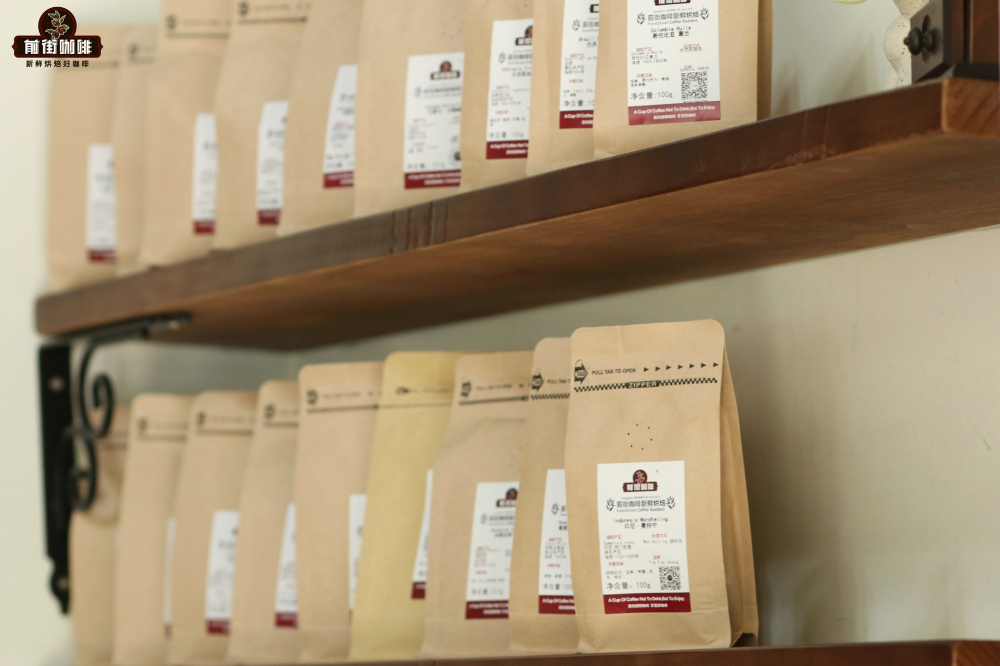
In order to show the coffee flavor of Ethiopia, Qianjie chose two beans, the washed fruit Ding Ding Cooperative and the sun-dried Sidamo Sakuran. As Ethiopia's beans grow at high elevations and are hard, Qianjie believes that higher water temperature and finer grinding are needed to boil out the flavor level of Yega.
When it comes to grinding, some customers will ask Qianjie whether to help grind powder, Qianjie of course provides grinding services. As coffee beans in the grinding, the aroma will accelerate volatilization, so if grinding ahead of time, need to drink as soon as possible, stored for too long will affect the cooking flavor.
Filter cup: V60 water temperature: 91-92 degrees Celsius powder quantity: 15g powder-water ratio: 1:15 Grinding degree: fine sugar size (No. 20 sieve bowl sieve powder to 80%)
With three-stage extraction, steaming with 30 grams of water for 30 seconds, small water injection around the circle to 125 grams for stages, when the water level is about to be exposed to the powder bed, continue to inject water to 225 grams to stop water injection, all coffee liquid is filtered and removed from the filter cup. (the time of steaming starts) the extraction time is 2 minutes 39 percent 00 ".
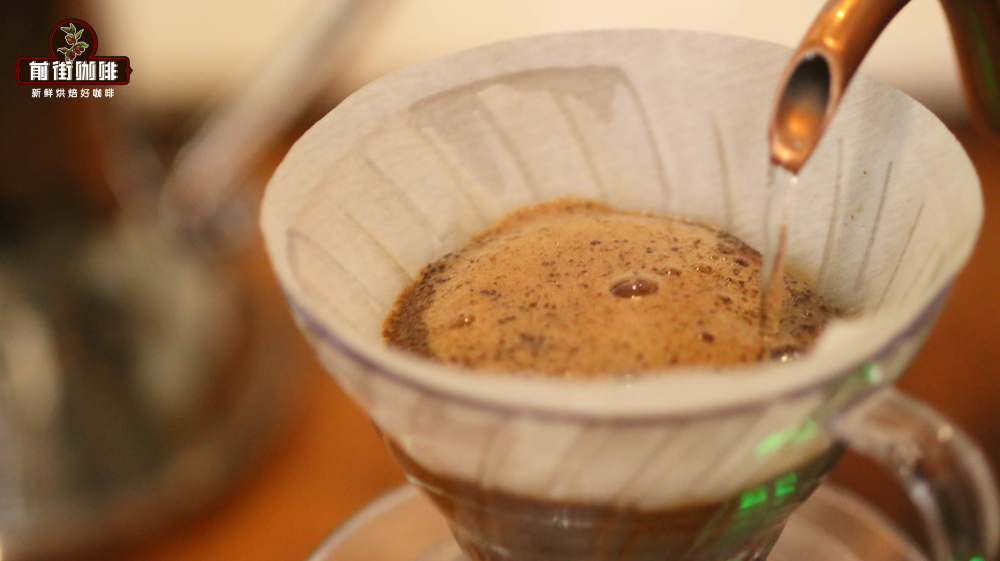
After grinding, two Ethiopian coffees can smell exquisite aromas of flowers and fruits, the bright acidity of lemon and berries in the entrance of washed fruits, the sweetness of sugarcane, the taste of green tea when the temperature drops, and the lasting finish; the sun-dried Sidamo Sakui 5.0 tastes full-bodied aromas of passion fruits, strawberries and fermented fruits, with obvious sweet and sour berries and round black tea.
Professional coffee knowledge exchange more coffee bean information please follow the coffee workshop (Wechat official account cafe_style)
For more boutique coffee beans, please add private Qianjie coffee on Wechat. WeChat account: qjcoffeex
Important Notice :
前街咖啡 FrontStreet Coffee has moved to new addredd:
FrontStreet Coffee Address: 315,Donghua East Road,GuangZhou
Tel:020 38364473
- Prev
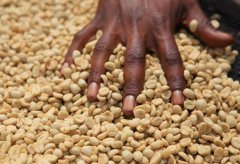
Costa Rica Tarazu St. Roman processing Plant Royal Coffee freshly roasted Black Coffee Goth
Costa Rica Saint Roman processing Plant Royal Coffee Costa Rica San Ramon Royal Coffee country: Costa Rica Grade: SHB altitude: 1700m production area: Tara Pearl production area roasting degree: medium depth Baking treatment: washing treatment varieties: Kaddura, Kaduai processing Plant: Saint Roman processing Plant Flavor: berry, Caramel, Cream, Micro Flavor
- Next

Basic introduction of Indonesia Mantenin Fine Coffee Gold Mantenin Fine Coffee
Compared with Blue Mountain Coffee, Golden Manning is not inferior. Over the past two days, I have been searching the Internet for the origin of Golden Manning. After reading Rose's description of Golden Manning, I would like to know more about the origin of Golden Manning, why it is called Golden Manning, and its mysterious taste. This will be edited one by one for the curious you to answer it. Manning is not the name of the producing area.
Related
- Detailed explanation of Jadeite planting Land in Panamanian Jadeite Manor introduction to the grading system of Jadeite competitive bidding, Red bid, Green bid and Rose Summer
- Story of Coffee planting in Brenka region of Costa Rica Stonehenge Manor anaerobic heavy honey treatment of flavor mouth
- What's on the barrel of Blue Mountain Coffee beans?
- Can American coffee also pull flowers? How to use hot American style to pull out a good-looking pattern?
- Can you make a cold extract with coffee beans? What is the right proportion for cold-extracted coffee formula?
- Indonesian PWN Gold Mandrine Coffee Origin Features Flavor How to Chong? Mandolin coffee is American.
- A brief introduction to the flavor characteristics of Brazilian yellow bourbon coffee beans
- What is the effect of different water quality on the flavor of cold-extracted coffee? What kind of water is best for brewing coffee?
- Why do you think of Rose Summer whenever you mention Panamanian coffee?
- Introduction to the characteristics of authentic blue mountain coffee bean producing areas? What is the CIB Coffee Authority in Jamaica?

